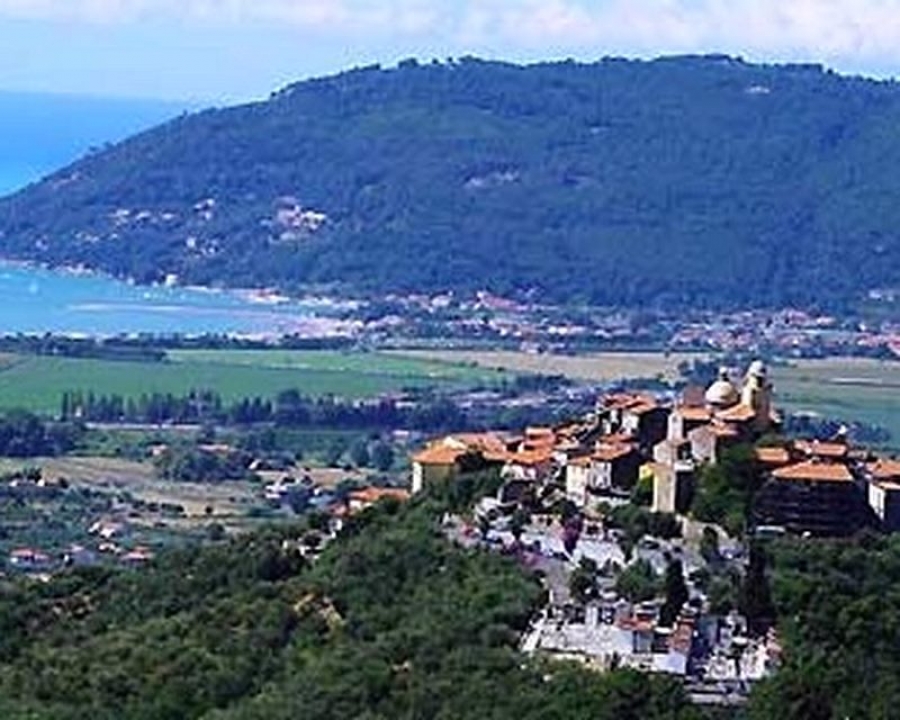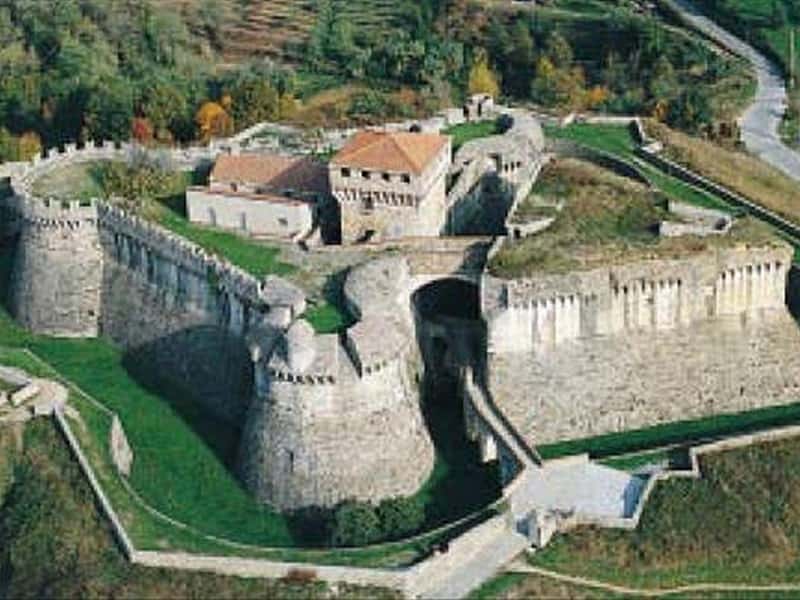OkTex
Regular Member
- Messages
- 33
- Reaction score
- 2
- Points
- 0
- Location
- Ok City, OKlahoma
- Ethnic group
- British Isles
- Y-DNA haplogroup
- R1b-fgc10117+
Santa Christina Gela...found lots of 1st cousin/2nd cousin marriages back in the day
Follow along with the video below to see how to install our site as a web app on your home screen.

Note: This feature currently requires accessing the site using the built-in Safari browser.

Santa Christina Gela...found lots of 1st cousin/2nd cousin marriages back in the day
I'm from Southern Puglia.
Geno 2 NG Helix Results:
91% Italy & Southern Europe
5% Southwestern Europe
2% Eastern Europe
1st Ref. Pop. Greek
2nd Ref. Pop. Tuscan (Italy)
This test is looking at ancient admixture.
Sephardic Jewish?
Most of the J1 in Italy (especially in Sicily) is under YSC76, there's a certain amount of diversity even at this level though, at least two branches can be labeled Phoenician at this stage:
- ZS6057, Palermo (matches in Lebanon and Aleppo).
- FGC8216 (including FGC8195), Palermo (matches a Lebanese "Sahely", this name literally means "from the coast" in Arabic), also found in individuals from Catania and Potenza.
Then we have at least one Jewish branch under YSC76 (M9119) found in an individual from Palermo as well as a Sicilian individual belonging to a branch under YSC76 which is probably Arabian in origin (FGC8224>FGC8223>BY66>BY86>ZS1585).
A couple of samples belong to FGC1723 (including FGC4422), which is a typically Arabian marker (not under YSC76), this seems restricted to Enna and Messina however.
The other branches of J1 have a more widespread distribution throughout Italy, at least three other markers are likely to be Phoenician or Levantine in origin, this includes:
- L829 (comprising PF4852) which is found in Calabria and Campania (Salerno & Avellino), L829 is found in the coastal parts of the Levant (Lebanon, including among the Druze, and Ashkelon).
- Z18292>ZS2589(>ZS2566) which is found in Calabria, Campania (Salerno again) and Frosinone, these samples have matches from the Balearic islands, Seville, Tunisia, Israel and Lebanon.
- FGC4745 which is found in Campania (Salerno and Avellino), several Palestinian Christians belong to a branch of FGC4745.
Actually only Sicily was conquered by saracens for a short time, Calabria, Basilicata and Puglia never conquered by them (except Bari for a really short time) and those saracens were not levantines but berbers and arabized spaniards/portuguese. So the extra-levantine compared to mainland Greece came not from saracens.
A couple of centuries after Altamura was looted by the Saracens, it started to be inhabited again as emperor Frederick II refounded the city (1232) and ordered the construction of the large Altamura Cathedral, which became one of the most venerated sanctuaries in Apulia. In 1248, under pressure from Frederick, Pope Innocent IV declared Altamura exempt from the jurisdiction of the bishop of Bari, making it a "palatine church", that is the equivalent of a palace chapel..
The first official document that mentions the city dates to November 925; it documents a civitas denominated Melfi, situated on a peninsula named Sant'Andrea. The city developed under Byzantine dominion, and was later conquered by the Lombards, who included it in the Duchy of Benevento. The city repelled repeated assaults by the Saracens. As an independent seaport, Molfetta traded with other Mediterranean markets, including Venice, Alexandria, Constantinople, Syria, Amalfi and Ragusa.
At the beginning of the 11th century the Normans arrived, and the autonomy that the city preserved helped foster its development as both a commercial port with the east, and as port of embarcation for pilgrims heading to the Holy Land. The Crusades permitted the city to assume a wider importance. Among the many pilgrims was Conrad of Bavaria, who was so enamoured of the city that he became venerated as San Corrado, the protecting saint of Molfetta. During the Angevin dominion the city succeeded in remaining autonomous. However, the arrival of the Aragonese kingdom to Southern Italy, spurred turbulent struggles between French, Spanish and Italians. These wars provoked death and destruction in the whole south of Italy: the Sack of Molfetta at the hands of the French, 18–19 July 1529, was an episode that stalled the economic rebirth of the city.




Is there any evidence of migrants from further east passing into Italy in order to take the journey to Ellis island? They would be integrated as "Italians", even though they were not. Just blend in as best you can until you get the America. Maybe even learn Italian. A lot of the original family names were Americanized anyway, so Its hard to know where they were from unless your family had church records. .
This thread has been viewed 111639 times.
